This post is about "making" in Kindergarten. It is a result of three quite recent events that have each connected to one another and ignited a new inquiry for me... a quest to learn more about the concept of making with young children.
If you have read any previous blogs, you will have seen the Kindergarten children I teach have so many opportunities to play and engage in playful learning opportunities. They imagine, role play, tell stories, climb, dance, sing, balance, chase, compete, experiment, observe, paint, explore, draw, build, cut, mould, bend, write, read, solve puzzles, problem solve... but, generally, they do not "make"! Until recently...
Anne van Dam was recently visiting my school and mentioned tinker trays as she noticed a bus children had made using cardboard, bottle tops and a glue gun. This launched a conversation about tinkering and making and the benefits of young children engaging in processes like these. I ordered and resourced what we are calling a "Makers' Box". These photos show some of the ways the materials inside have been used.
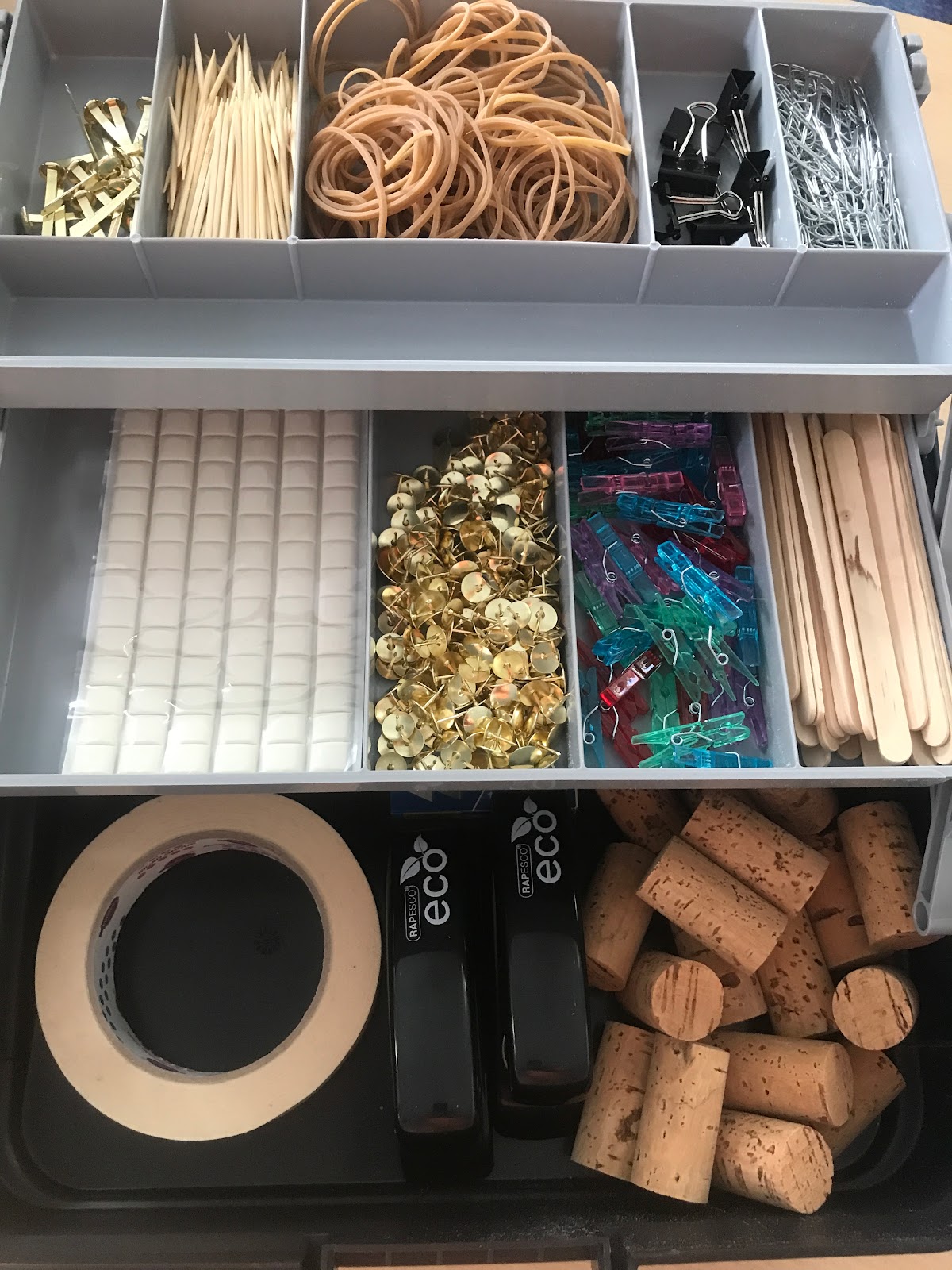




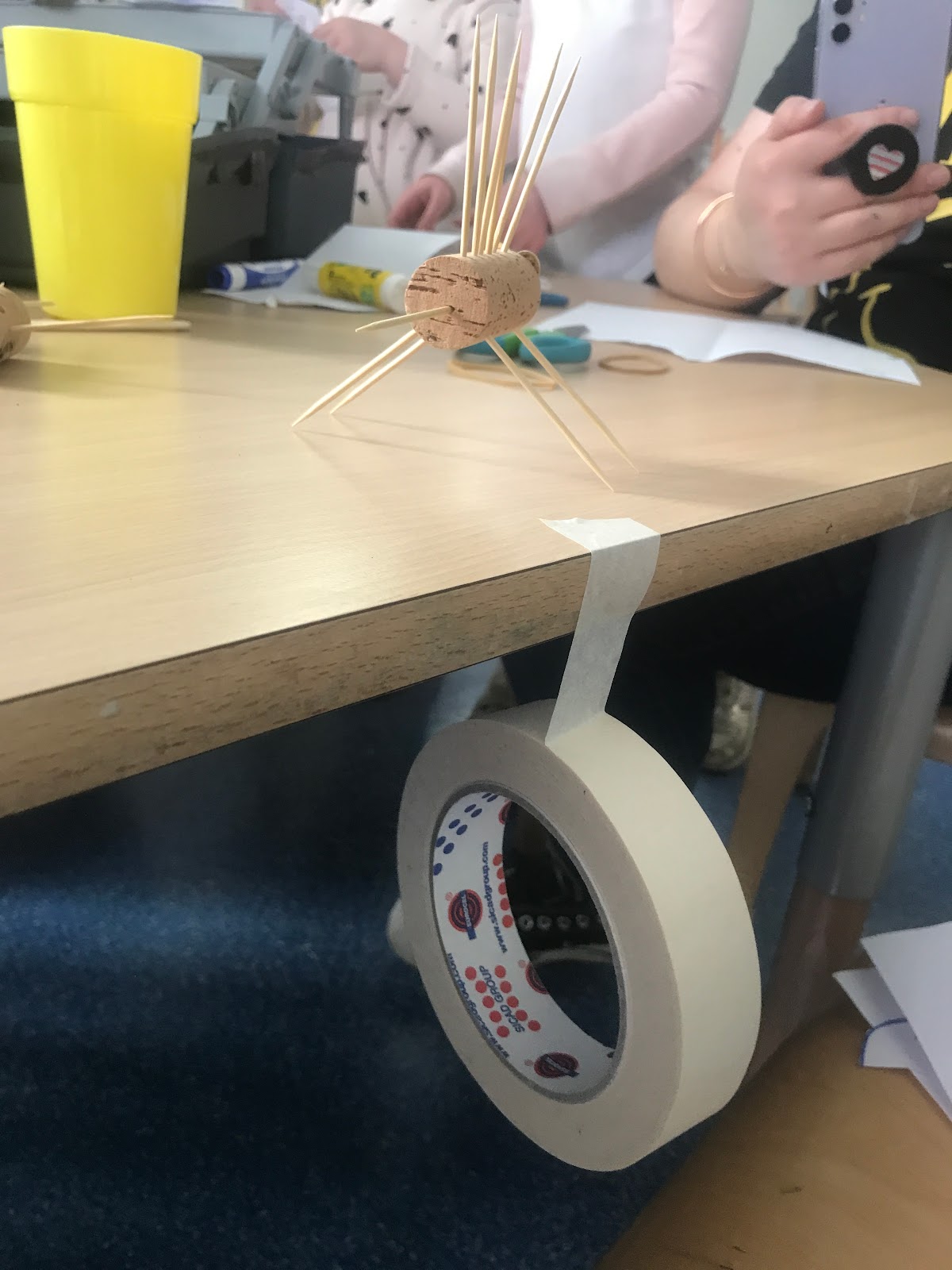




As I set up the box, I watched Adam Hill's session for Toddle TIES 2022: 'Learner empowerment in the maker-centred classroom'.
Some ideas that I caught my eye:
Making - or materials for making to even be possible - did not have high visibility in my classroom. The introduction of "Makers' box" raised the profile of making, and the language of making!
Having this box with open-ended materials and loose parts means all children can be successful. The materials and tools have not been formally introduced. The form and function of each material or its parts have not been formally introduced by adults and, so often, their preconceived idea. This means that play, exploration, discovery, creativity and learning from, and with others, are all central to how the children are learning as makers.
I love this quote above and shows that my step into the making world is the first of many steps possible. Just as I have embedded drawing, thinking and listening as processes in Kindergarten, there are many more ways to develop and embed 'making' more explicitly with units of inquiry, language learning, mathematics and outdoor learning. Adam shared great examples and routines to help us do this. For example:
This is where the process of blogging helps me immensely. It allows me to reflect on what I already do, process new ideas, launch new initiatives, but have a very real sense of ideas I need to revisit, reconsider or consider for the first time. Making is sometimes used alongside STEM, engineering, Maker Spaces and tinkering. A great resource
here unpacks some of the differences.
I appreciate Adam's comment that maker-centred learning is not a very different approach to teaching and learning. In a classroom where play, inquiry and thinking are already a part of the culture, 'making' does not fight to earn a place; it is simply a different way for children to express their ideas and learn more about the world around them.
I have just finished reading Misty Paterson's wonderful 2nd Edition of "Pop-Up Studio". There are so many big ideas and examples of how materials support the learning of different concepts through diverse learning experiences.
Reading it, I was reminded of different materials that could be added to the 'Makers' Box' (see the photos below for what was added this morning) and that might also spark curiosity into our next unit of inquiry on nature.
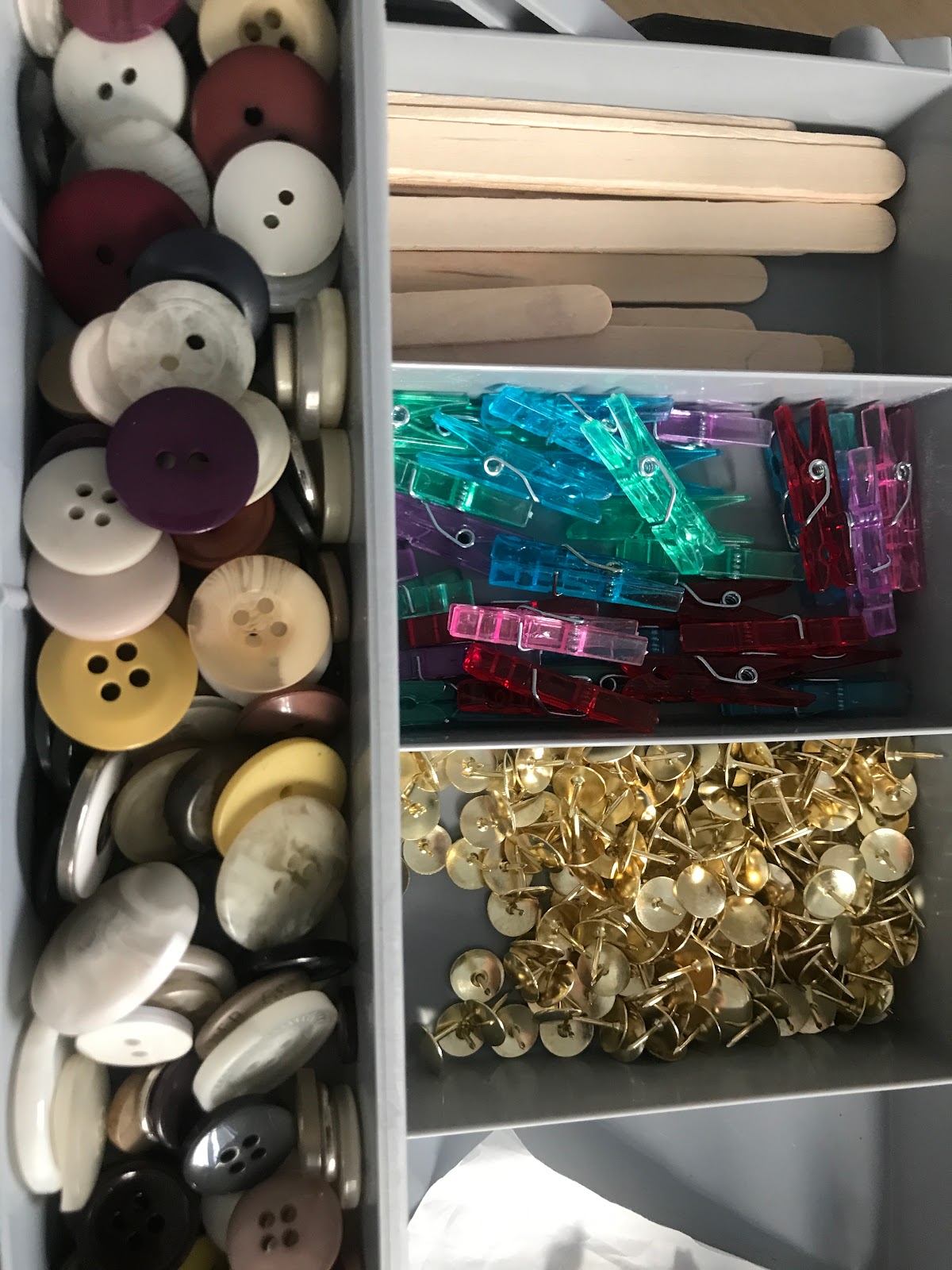

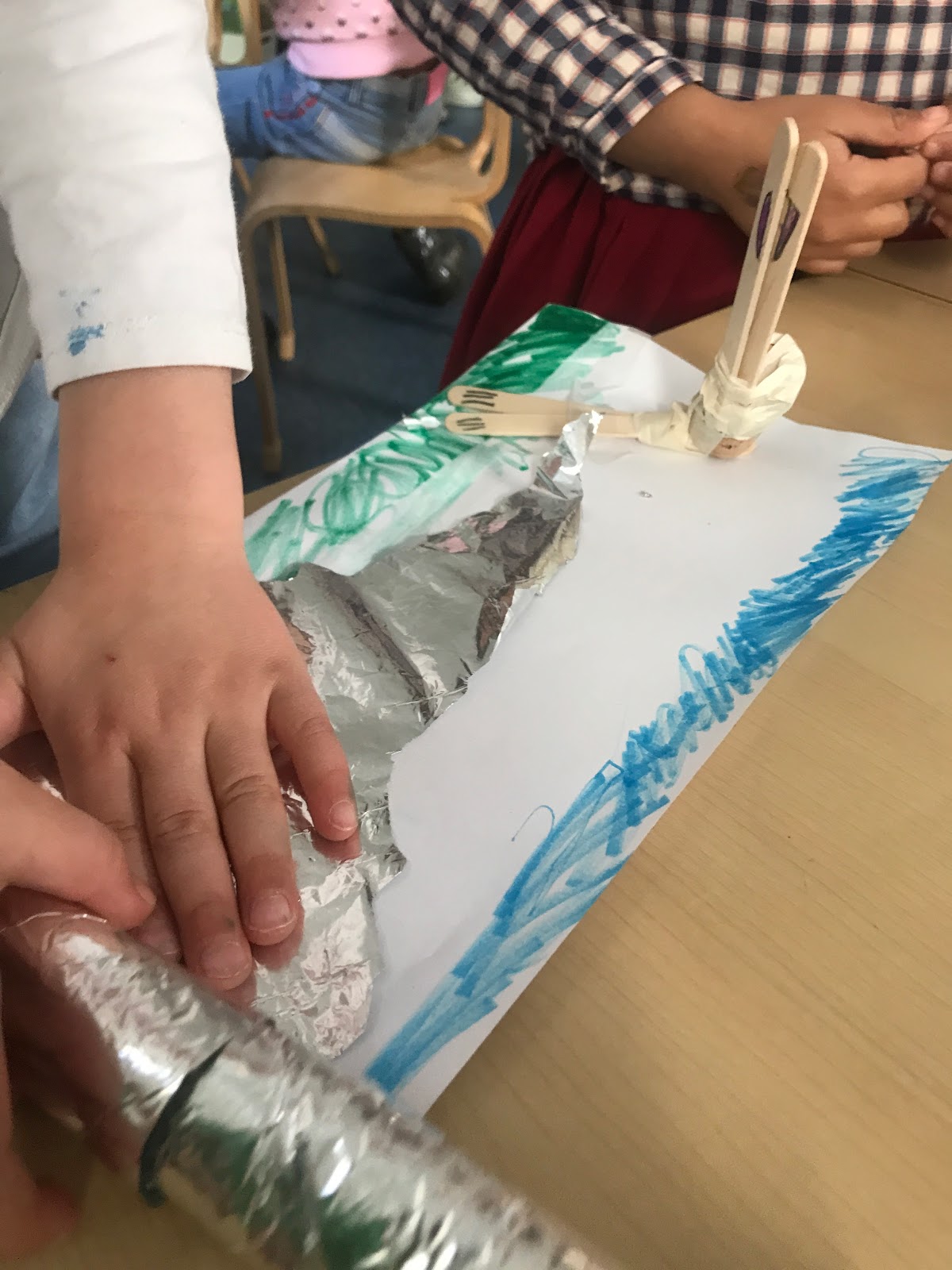


Misty's book explores far more than the idea of a "Makers' Box" and includes a rationale for why materials matter to the children we teach and why they merit an important place in the curriculum. These include:
- Materials invite storytelling (Storytelling has magical energy that connects us to ideas and one another)
- Materials provoke curiosity (Chances to interact with materials with wonder lead to new discoveries)
- Materials invite us to empathise (Opportunities to communicate through materials and their properties)
- Materials offer meaningful information (Time to engage with materials to see patterns and anomalies to then build expertise and deep understanding)
Thinking about the approaches to learning in the PYP, it's quite remarkable to monitor children's observation and questioning skills as they research, share ideas as they communicate, offer suggestions, feedback and expertise as they socialise, be mindful of time and the structure of the box as they manage themselves and engage in creativity and metacognition as they think.
Reflection questions:
- What opportunities do your children have to make?
- How do these opportunities connect with tinkering, maker-space, STEM projects and engineering?
- What might you do to enhance opportunities for children to make? Mine was simply a box filled with some different materials.
December 2022 Update
Being a member of
PressPlay, I was lucky enough to revisit, broaden and deepen my thinking about 'making' recently through a live session with Alison Buxton from
Maker Futures. Some key takeaways for me:
- Making as a cyclical (not linear) process. An example of a 'making' process might be Look, Think, Make, Test.
- Alongside a 'making' process, the role and importance of habits of mind such as resilience, collaboration, creativity...
- The significance of "skill builders". These skills are explicit and intentional to ensure children have the skills needed to be successful in their making projects.
As a result of this, I participated in the free online
training that Maker Futures offers.
I also modelled some of the key skills for Makedo - a resource that we had in the classroom, but sat unused as the children had never been shown explicitly some of the ways it could be used to then apply in their creative making projects. A reminder that not all resources can or should be left only for exploration. Armed with a set of skills and knowledge about saws, screws and screwdrivers, Kindergarten were excited and able to create successfully.
This was a
blog I recently saw posted on LinkedIn.
I am now curious about curating a set of resources that might unpack the breadth of 'making' in Kindergarten that might include textiles, woodwork, electrical circuits, digital technology etc. For each one, I would like to develop a set of skill builders for my own awareness or some of the key tools and skills that might be needed to be successful in these fields. Please share any resources you have developed or make use of for this purpose.























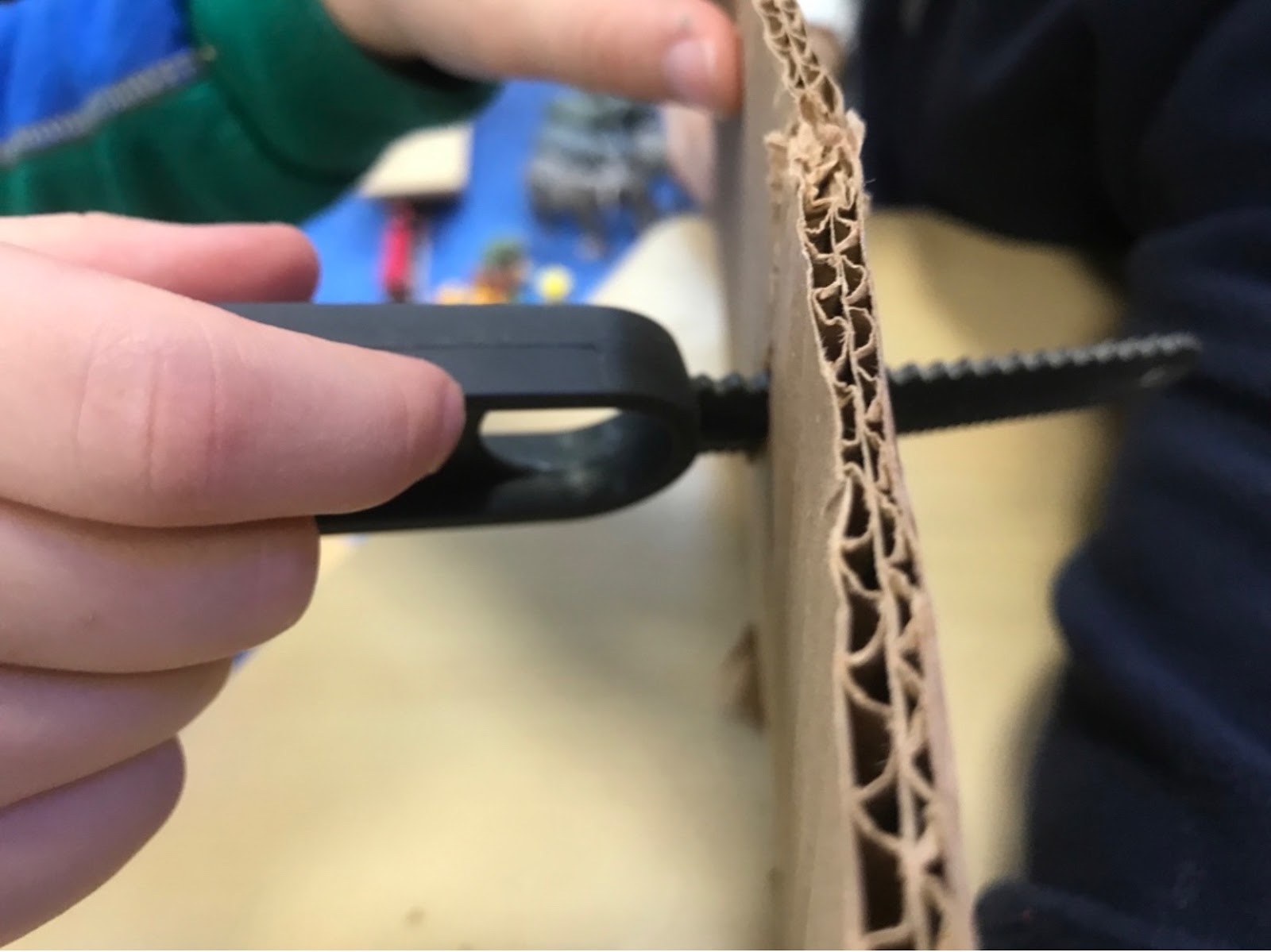




This reminds me of an episode of Abstract: The Art of Design (available on Netflix). There is an episode you should watch called "Design for Play." It talks about very similar concepts and how they can be applied to the 'real world' (note: I don't like the term real world, but you'll understand what I mean if I use it). Let me know what you think!
ReplyDelete